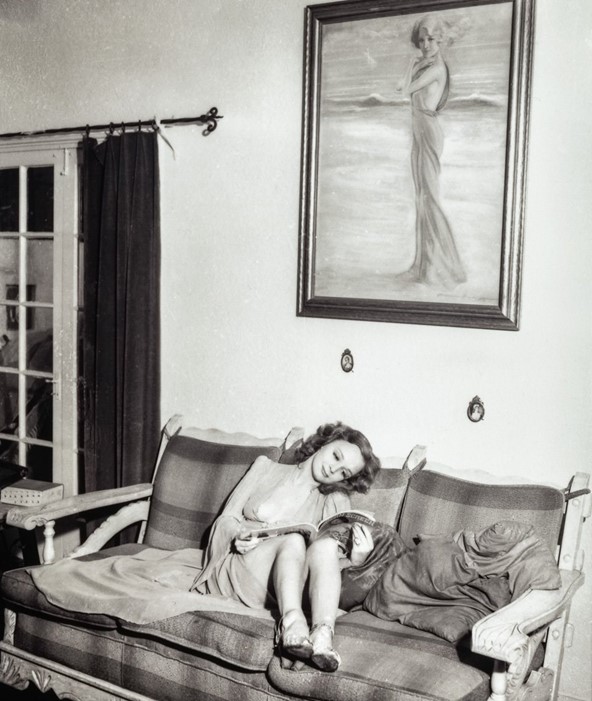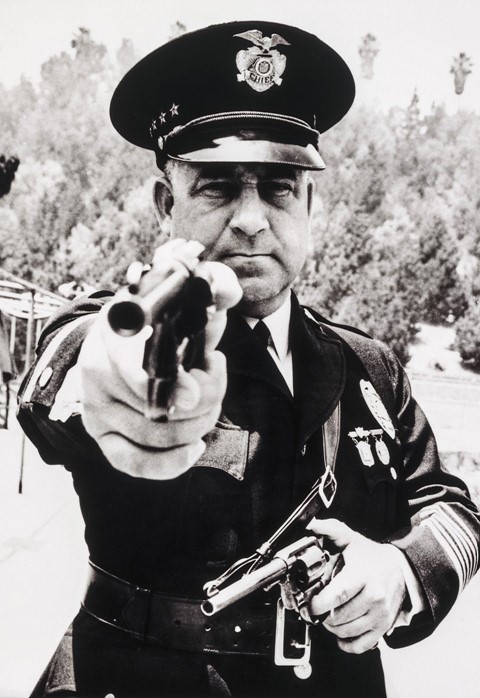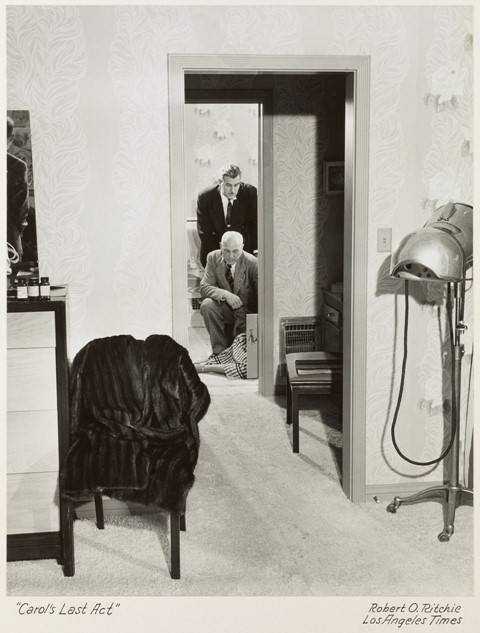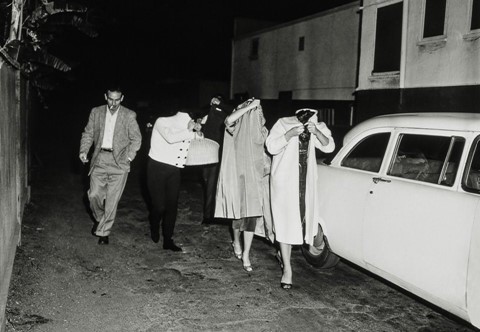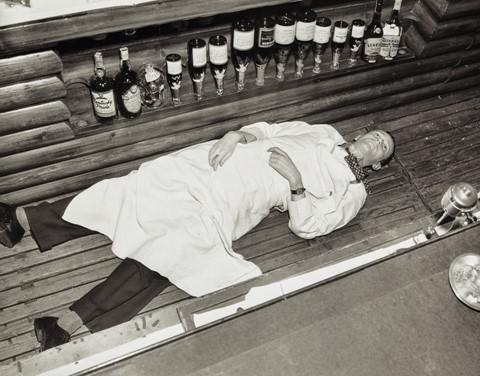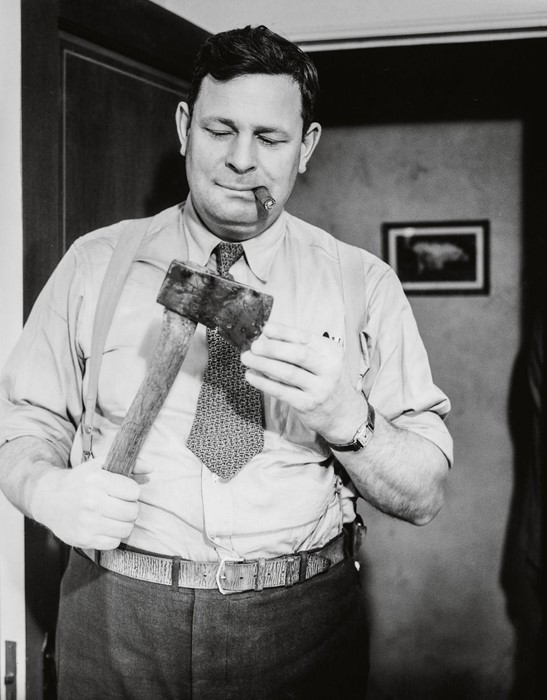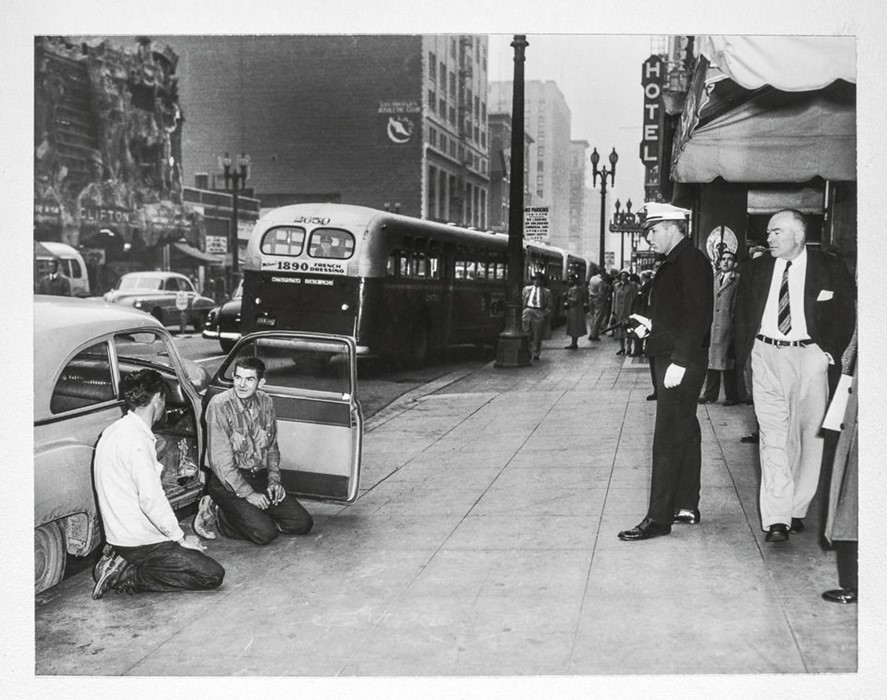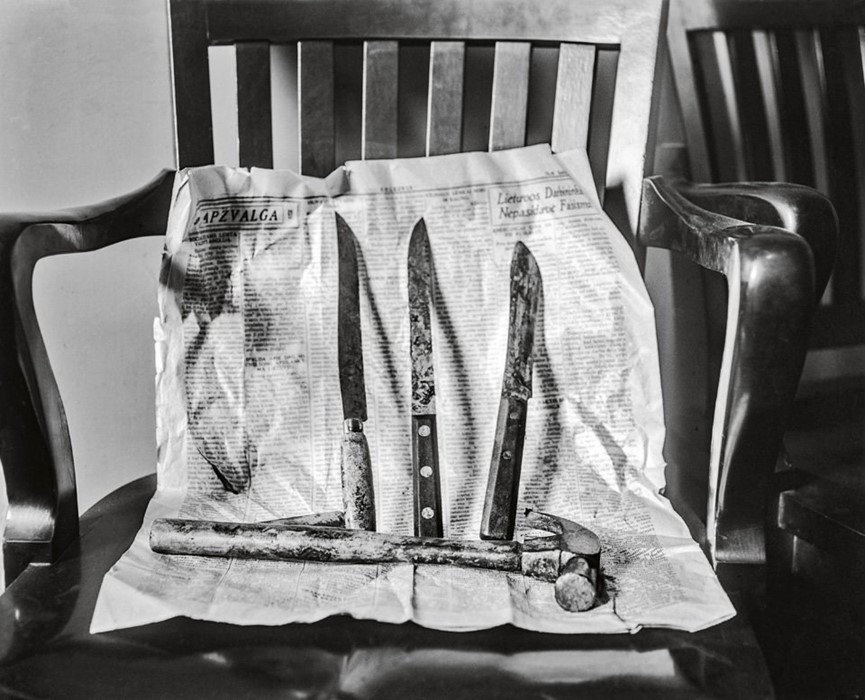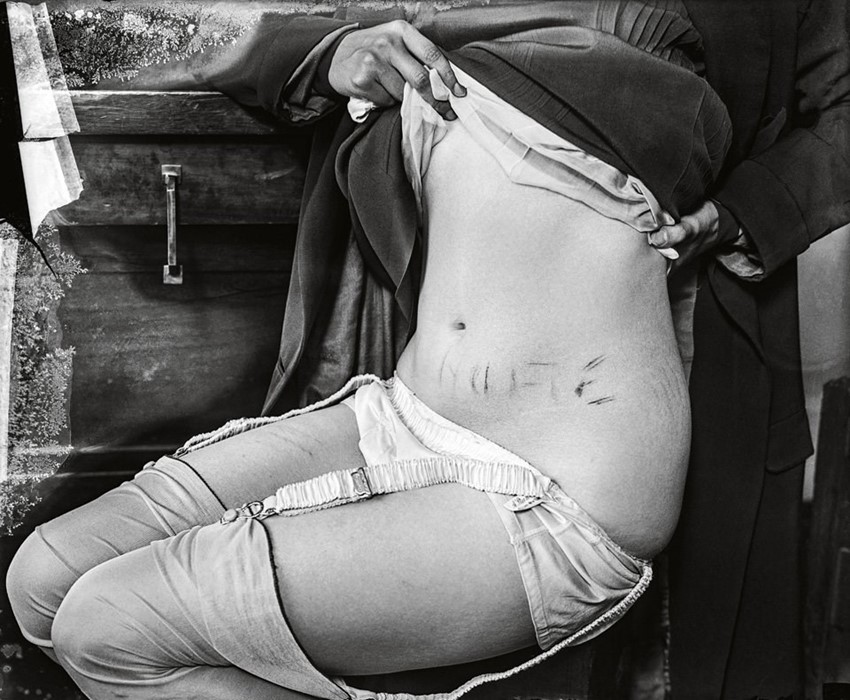Los Angeles’ reputation precedes it. The second most populated American city (after New York), it is home to Hollywood and the hub of the entertainment industry, and so has long been associated with stardom. But as a new Taschen-published book documents, there’s a dark underbelly to the glitz of this Californian locale. Dark City: The Real Los Angeles Noir is a compilation of black and white photographs delving into the sinister history of ‘la la land’, exploring how its glamorous veneer developed in tandem with criminal undertakings, corruption and hushed scandal.
Dark City offers a fascinating insight into a largely forgotten portion of LA’s history. Placing focus on the 1920s through to the 1950s, the years following and during the two world wars, the photographs, contemporary tabloid reproductions and magazine spreads that form the book are revelatory in their candour as they document murder, corruption, gambling and debauchery in the watering holes and back alleys of the City of Angels. It was these real life goings-on, and the formations of subcultures made up of gangs and criminals, that spawned film noir. Indeed, the images that make up Dark City are almost cinematic in their style and subject matter, with captions that read like scripts or stage directions: “James ‘Two Gun’ Davis was the emblem of LA police corruption”, one such line reads, of the LAPD chief who was notoriously one of the most amoral officers of the time, answering to an equally dishonourable mayor.
Over the course of these decades in LA, petty crime sprees were transformed into sensational stories of nationwide interest as the severity of such lawbreakings increased. The papers covered crime feverishly and the American public invested interest in the infamous lives of murderous housewives and gang-related incidents; sections of Dark City, entitled Murder & Mayhem and Headline Crime, cover this trend with unsettling photographs and newspaper reports from the era – chapters that surround one called Glamourland, which focuses on the enticing façade of LA’s bustling entertainment industry. Attesting to both the allure and the lesser-publicised murkiness of Los Angeles, the pages of Dark City transport the viewer to a bygone era of particularly legendary status, complete with shady characters and unnerving but enticing bright lights.
Dark City: The Real Los Angeles Noir is available now, published by Taschen.
